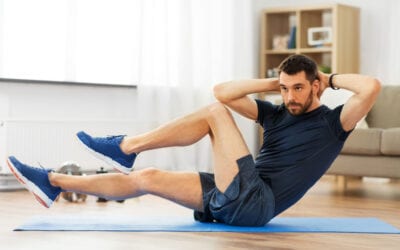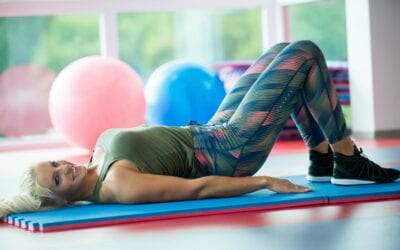The deadlift is genuinely a savage workout. In a unilateral movement, both the upper and lower body are exhausted. It’s by far the compound exercise that targets the most areas compared to others.

Developing good posture, building up strength, increase muscle mass, and even includes aids with lowering body fat composition are some of the main benefits of a deadlift.
The weighted deadlift is perhaps the best body strengthening, toning body shaping exercise around, period!

Why Deadlift?
All in all, why try to figure out how to deadlift? Simply, it’s one of the best activities for building up the unadulterated quality that prompts real size and physicality. Since it’s a full-body development that uses muscles across the body as well as the deadlift additionally enhances and develops all-out body muscle.
It’s one of only a handful barely any lifts that focus on the hamstrings. Most of the weightlifting exercises regularly neglected that region of the body. It additionally works your core, glutes, and lats (upper back).
This enchantment lift additionally improves your posture. Most of us focus on what we can see in the mirror and neglect our back. The deadlift, by its nature, makes us focus on our body posture. Inadvertently, it helps correct and builds essential back muscles and core muscles that help improve posture. Without this balance, it can lead to poor posture creating issues such as—slouched shoulders and frail backs, for instance.
Improve Posture
Not only does deadlifting improves our posture and back, but it also supplements lower back and posterior—the hamstrings, glutes, and back. All these in combination, balance the body, helping us stand taller and with more prominent quality. It makes us feel good.
To put it plainly, deadlifting will strengthen and tone muscles from the neck down, improve your stance and physical presence, improve core strength, provide confidence, develop focus. All things considered, there’s nothing very like the feeling of achievement to see progress when you are lifting a heavy barbell from the floor that you thought impossible a few months earlier.
A correctly executed deadlift is a must for anyone. Not only does it boost strength and muscles, but it also makes you confident just by merely being able to do it properly. Whether you’re a novice or pro in deadlifting, merely always ways you can improve your routine – make it safer and maximize the benefits for you. Here are ten helpful tips that you should work on:
Which muscles are impacted by deadlifts
The deadlift is a complete body development. There a very few gym exercises that develop, the lower body, arms, and chest area. The muscles utilized in the deadlift are:
- Thighs-the group of muscles on the top of the leg
- Adductor Magnus (Inner Thigh) – it’s the inner thigh muscle
- Lats these muscles are located under the armpits extending to the back.
- Traps the are top of the spine and shoulder region
- Rhomboids in the middle of the back just off-center from the spine
- Abdominals & Obliques – these are around the stomach area
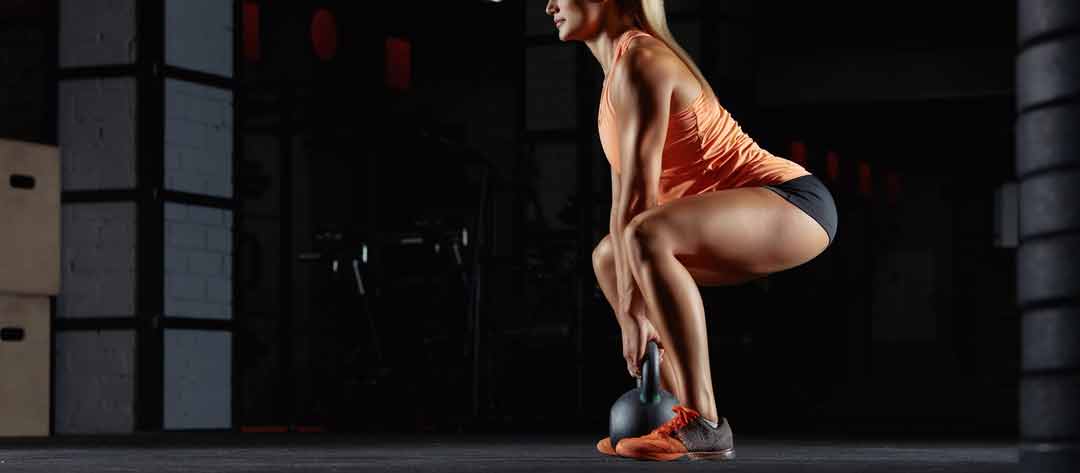
Is there variations of deadlifts?
Yes, there is a range of different deadlifts style positions. Deadlift variations are essentially all the same, though each one will have a slightly different muscle group focus. It is always important when changing to a different variation of a deadlift is to get the style perfected at very low weights Listed below are some of the more common variations
- Conventional Deadlift
- Sumo Deadlift
- Romanian Deadlift
- Stiff Leg Deadlift
- Trap Bar Deadlift
- Deficit Deadlift
Deadlift Tip 1: Warm-up Stage 1: Stretching, Flexibility and mobility
Without a warmup, muscles are typically tight and inflexible. Most people have this sensation first thing in the morning when they wake up. It is not until they get moving before the body starts to loosen up and become flexible. The movement causes the flow of blood to the areas and “wakes up” the muscle group. As the blood flows more vigorously, the muscles start to function.
Without a warm-up, if you tried to do deadlifts, you will likely experience the tightening of muscles and probably muscle damage. Not only will it restricts your movements, but you will also not have the power necessary for the deadlift. It is essential that before deadlift training, you loosen up your body, ensuring you have not knots or tight muscles. You will need to ensure you have a robust warm-up regime and often can be as long as the deadlift session itself.
The typical stretching exercises for deadlifts must stretch;
- Shoulders
- Lower back
- Glutes
- Hands
- Hamstrings
Here are some of the stretched you should and co Here are some of the stretched you should and cou uld do to get your body read for the deadlifts:
- Downward Dog- With two hands and feet on the ground, push your hips up and back. This stretches of your lower back and thoracic spine.
- Upward Dog – Drop your hips as near the ground and pull your shoulders back, opening up your chest.
- Inchworm – Start in a board position; at that point, walk your feet as far forward as you can. This gradually stretches the hamstrings and lower legs, which are critical in the deadlift.
- Side Lunge – Stage one foot to the side and twist that knee, keeping your weight on your impact points and your chest up.
- Up-and-Over-the-Fence – Lift one knee and swing it out to the side. Place that foot on the ground, so you are in the jump position, at that point, clear your chest toward your back foot. Finish in a side jump before holding up.
- Dumbbell chest fly, with dumbells, lay on your back on a bench. Hold the weights above your chest shoulder width. Let the weights slowly go down towards the floor keeping your arms straight. Then bring them up.
- Squats – Place feed shoulder wide, toes pointing forward, back straight and arms either crossed or out front and slowly squat and slowly rises
- Single-Leg Touches- Standing on one foot, push forward at the hips to tap your hands on the ground. Keep the other leg parallel to the ground straight out behind you.
Deadlift Tip 2: Warm-up Stage 2- Light weights
A deadlift warm-up using light weights is critical for your safe being. I exponentially reduce the potential to get injured. It warms-up the core muscles used to lift the weights as well as warming up the tendons and joints.
Treat the warm-up with the lighter weights with as much respect and concentration you would for heavier weights. If not, you will introduce bad habits.
Continuously warm-up by doing a few lighter and moving slowly to slightly heavier weights. Ensure you don’t do too much cardio warm-up as it will exhaust you. Slight cardio is all you need to get the blood flowing and muscles warm.
The recommended method to warm-up is,
Step 1: With a 3-5% of your training weight, do 2-3 sets of 5 reps.
Step 2: With a 10-15% of your training weight, do 2-3 sets of 5 reps.
Step 3: With a 20-25% of your training weight, do 2-3 sets of 5 reps.
If your training deadlift weight is the bar without additional weights, the warm=up is different as it is unlikely to get injured. Just do some cardio warm-up and lift some free weights like dumbells
Deadlift Tip 3: Breathing and Activiation
Breathing techniques play a pivotal role in the deadlift. It’s no easy to have controlled breathing when lifting heavyweights. Breathing does help your posture in the lift. You should breathe from the lower parts of the lungs often called diaphragmatic breathing (or deep breathing), as opposed to shallow breathing expanding the rib cage and sternum, known as Thoracic. Understanding and practicing the different breathing techniques will not only help you in deadlifts but also in many other forms of exercise.
Approaching both breathing procedures will be significant for your pulls, which is the reason it works so well. Diaphragmatic breathing will help upgrade your set up position and furnish you with the capacity to ensure your spine with pressure and solidness. Thoracic breathing will make you feel the form and tightness on the upper back before you lift the bar.
Deadlift Tip 4: Mental Focus
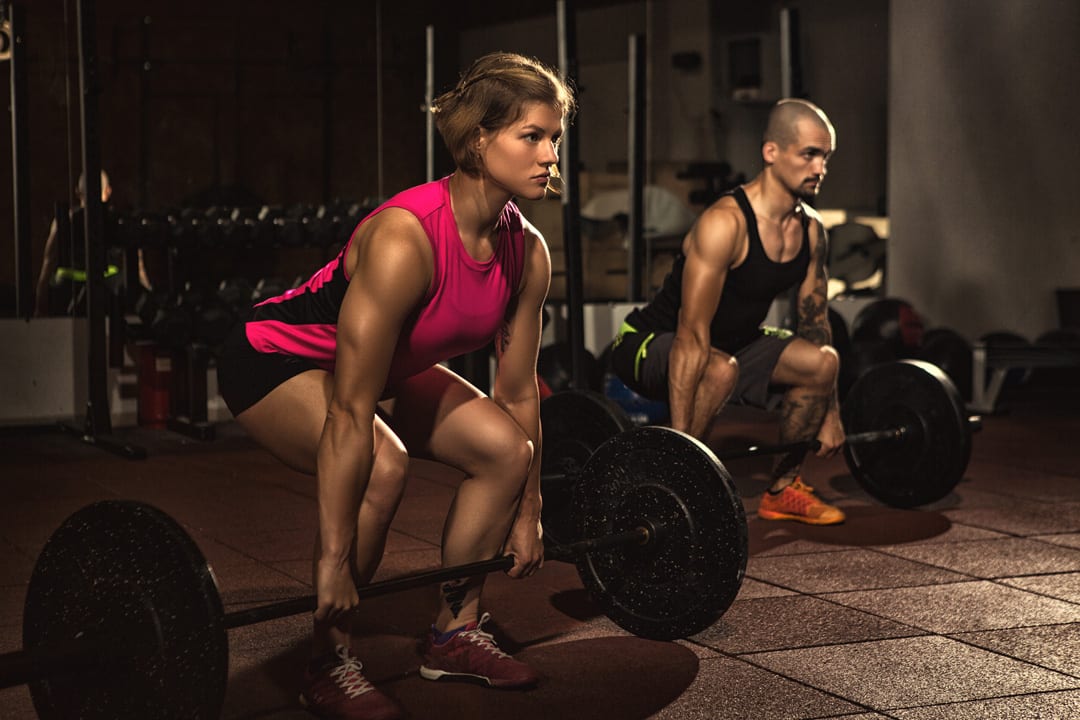
Concentration, attention, and focus is the most factor in deadlifting. A loss of concentration can and will have devasting ramifications. Anything from strained wrist to a broken back.
It may be the most obvious of all the tips provided but the more important. It is easy to be distracted. Never leave behind mental training when doing deadlifts. Mental strength will be needed to provide you with the extra effort when you are pushing yourself to new limits. As you become tired during the end of a training session of a long day at the competition, concentration and focus will fade. Practice in developing mental resilience is vital to ensure you keep your technique and form perfect at all times during the lift.
Visualization is one of the best forms of concentration before the deadlift. It has the highest probability of a successful deadlift. The visualization a technique requires continuous practice to allow yourself to believe and trust yourself. Before ever session spends a few moments to visualize yourself in the lift. You will be amazed at how it feels.
Deadlift Tip 5 Technique and posture
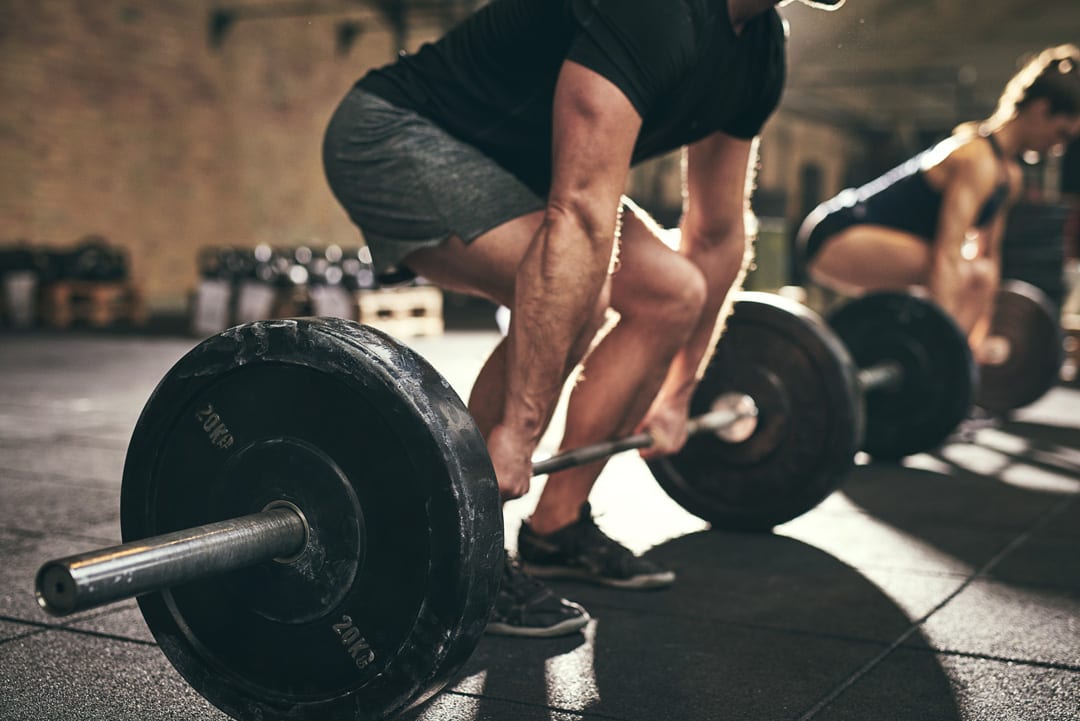
Focus on the style and position from the very beginning. Ensure you are supervised by a professional.
At the start, only use small weights, get comfortable with the form and style. Do this for several weeks at least 3 to times per week, until it becomes a habit. And only gradually increase. Suggest to start with no more than 10kg or 20lbs
The fundamental part of deadlifting is the positioning of the feet. Ensure you are aware of your feet placement. Your feet should be should wide with the toes pointing the forward direction.
Slide your feet slide the bar on the floor. Your feet should be in the middle of the bar, positioning the bar in the middle of your toe tips and heels. It should point straight out within the shoulder’s width distance between each other.
Do not widen your foot stance. You might hurt your spine.
Position your hand at most one inch-distance from your shin. For your back, always avoid arching back or rounding forward. Align your head the same way to protect your spine.
Practice this until you feel comfortable. Do not lift the weight.
Deadlift Tip 6: Wear a weight belt

Deadlift Tip 7: The Grip
There are two grips; the Standard Grip and the Mixed Grip. The mixed grip is the preferred tip to be used for weighting. It will take a little used to adopting as it feels quite unnatural;
Standard grip
The standard grip is a double overhand grip usually used at first but might be hard to retain once you gain some grip strength. For warm-ups and light weights, the standard had grip is recommended to be used.
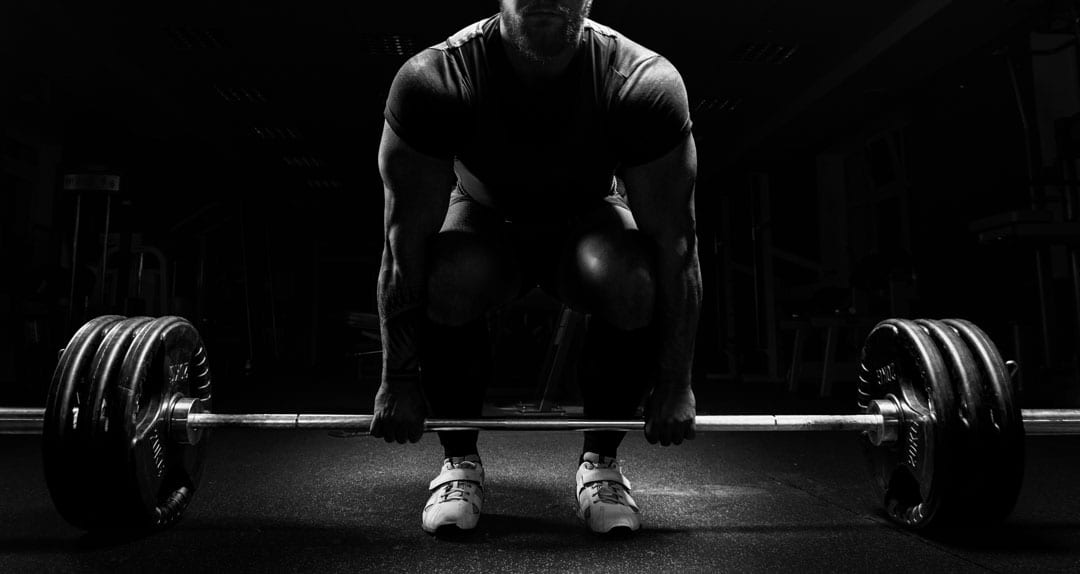
Mixed grip
The mixed grip is a combination of an underhand and overhand grip and is preferred grip when you are lifting heavier weights. This grip is a safer handgrip once you stat heavier weights. It prevents gravity from pulling the bar away from your hands due to the increased strain at heavier weights. The mixed grip provides more support coming for the underhand grip. The standard grip support is from only your thumbs. You should progress to this grip as you increase to heavier loads.

Deadlift Tip 8: Basic strength
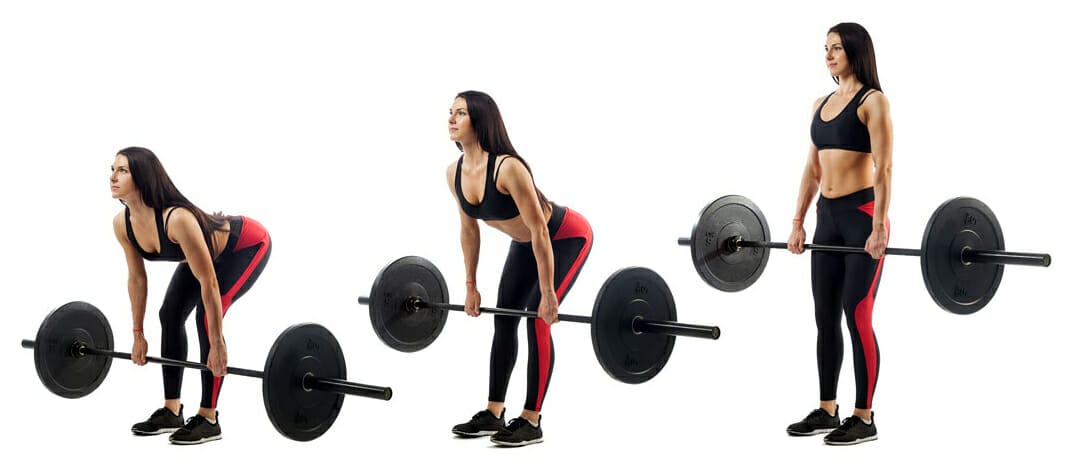
Your starting strength will determine your quality of the deadlift execution and safety. If you want to improve starting strength to make sure you can sustain a good form during the deadlift, these are some exercises that you can:
Explosive deadlifts – Improve your deadlift speed without loosing form
Pause deadlifts– Slightly lift the bar before doing the deadlift. Helps build control
Squats – Squats is the critical part of the lift for control and power required. Focus on form and keep feet hip-width apart, toes facing straight forward, straight spine.
Split stace lunges – Place feet at carious distances apart to be build rounded leg and hip strength
Deadlift Tip 9: Grip Strength

Your deadlift can only be as good as your grip strength. Grip strength meaning the muscles in your hand, wrists, and forearms must develop to be as strong as any other muscle in your body, if not stronger. Without the grip strength, you will not be able to progress to lifting heavier weights. Before you can increase your loads, you need to work on improving your grip strength. The key is to train the hand, wrists, and forearm muscles used for gripping the bar.
There are various types of exercises where you can work on strengthening your grip. Most are relatively basic exercises. Not only will they increase your grasp, but it will also increase muscle strength in the biceps, shoulder, and chest. Here are some grip strengthening exercises:
- Plate squeeze,
- Dead arm hang,
- Bent over rows,
- Farmer walks,
- Barbell rows and shrugs,
- Block pulls
Is it doing you any good so far?
We will be even better if we choose to eat healthily and stay fit rather than enjoy simple pleasures in life and have a hard time letting it out of the system.
Humans tend to be very stubborn that they prefer to eat only the treats because it is more convenient.
Avoid skipping the most important meal of the day, breakfast. Missing breakfast is likely to mean feeling hungry from the start of the day. You would be tempted to reach over for a piece of candy, a bag of potato chips and can of soda. But if we start our day right and eat right, it would definitely go a long way throughout the day.
Start thinking about letting go of your bad habits and choosing to replace them with the good ones. It will certainly help out a lot when you eat healthy because there is that long-term effect inside and outside of you. Should that desire to eat junk cross your mind, choose to eat healthily and check to see if that urge to eat junk is still there.
Deadlift Tip 10: Cross-Training
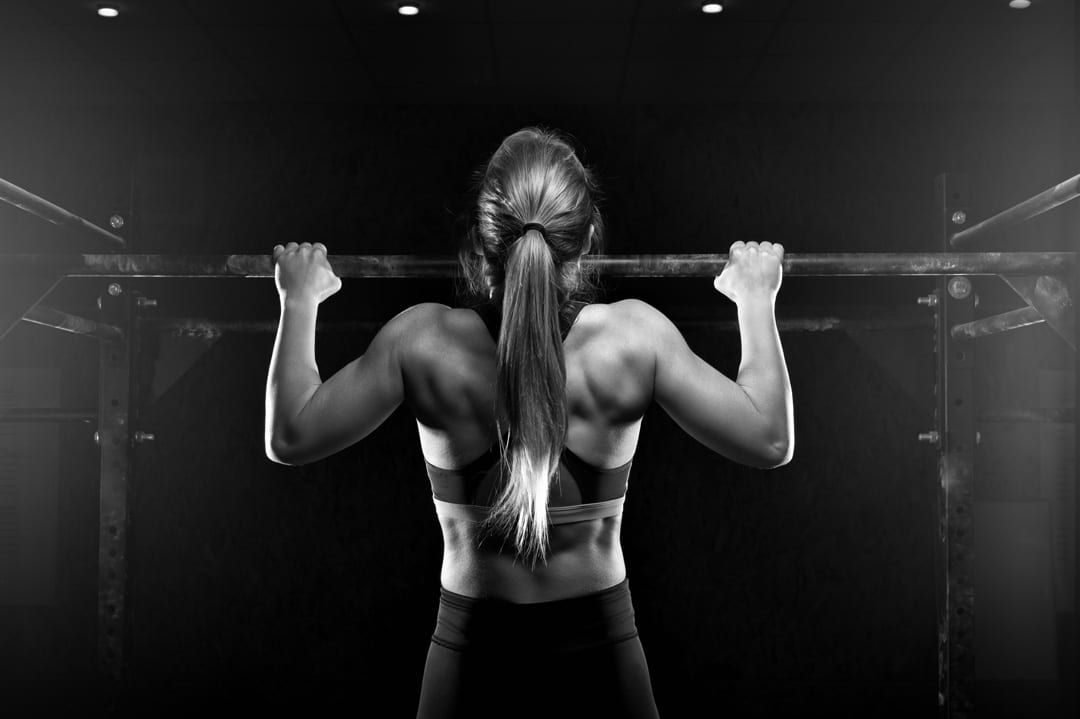
The deadlift may appear straight forward. Don’t be deceived. It uses up more muscles than any other compound exercises. To help improve your deadlifts, cross-training to strengthen different muscle groups is essential. There are a range of exercises that will help including;
- Weighted chin or pull-ups for a stronger back
- Bent-over rows – www.mindbodysoulheart.com/bent-over -rows
- Farmer’s walk www.mindbodysoulheart.com/farmers-walk
- Planking www.mindbodysoulheart.com/planking
- Squats www.mindbodysoulheart.com/squats
- Glute-ham raise, www.mindbodysoulheart.com/Glute-ham-raise
- Hamstring curls www.mindbodysoulheart.com/hamstring-curls
Kettlebell explosive swings using a for power www.mindbodysoulheart.com/kettlebell-explosives-swings
Deadlift Tip 11: Gradual Deadlift Build up -overload
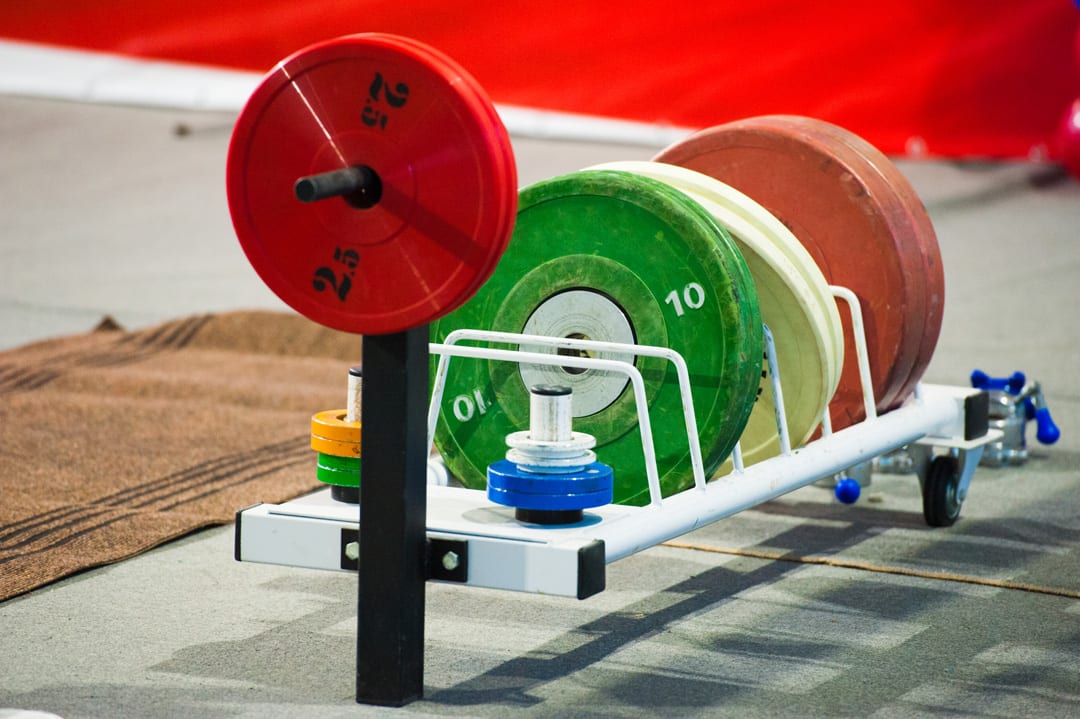
- Your body will not cope with the added stress,
- likely cause yourself an injury and
- your style will go out of the window.
The ideal way is to increase the weights incrementally in the order of 1 kg to 2 kg 2-4 week cycle (assuming you are doing weight training 3 times per week). This approach improves the body’s motivation and response. A slow and gradual increase will ensure muscle development as well as providing the correct technique.
Final Say
Well there is a lot to digust in this article. The information presented in this article has been reviewed by both weight lifters as physio’s.
Let us know how you found this article. We seek your feedback so we can update and or add to the article.
Other Articles you may like.
Bicycle Crunches
Bicycle Crunches is one of the very best abdominal and obliques muscles strengthening exercises around. It will also activate the rectus abdominis – your upper abdominal muscle. It also dramatically strengthens your core and help maintain good posture. The Bicycle Crunches are about 250% better than standard crunches
The Hamstring and Calves Stretch
The Hamstring and Calves Stretch will improve flexibility and allow more hip motion. The hamstrings and calves can quickly tighten when undertaking any kind of running, dancing or wearing high heel shoes.
Floor Heel Taps
The Floor Heel Taps is excellent to strengthen your back, buttocks, Abs, and thighs at the same time. By lying flat on the mat, and lowering and raising your legs, you feel all your lower body muscles working. One of the benefits of this exercise is very safe and simple to be performed by most people.
The Floor Heel Tap is particularly is suitable for those people who need to strengthen their back or hips.


